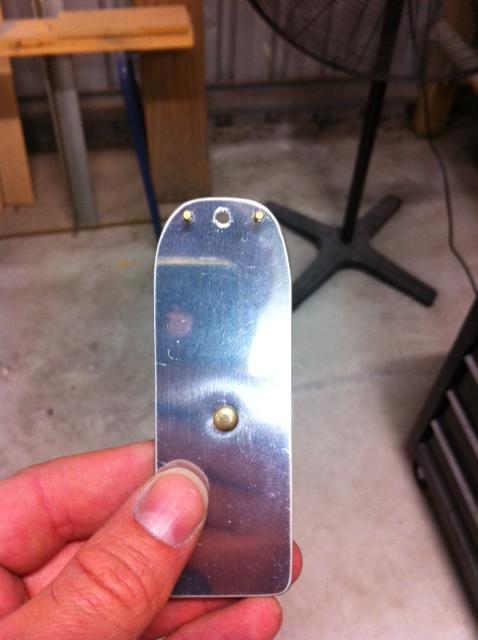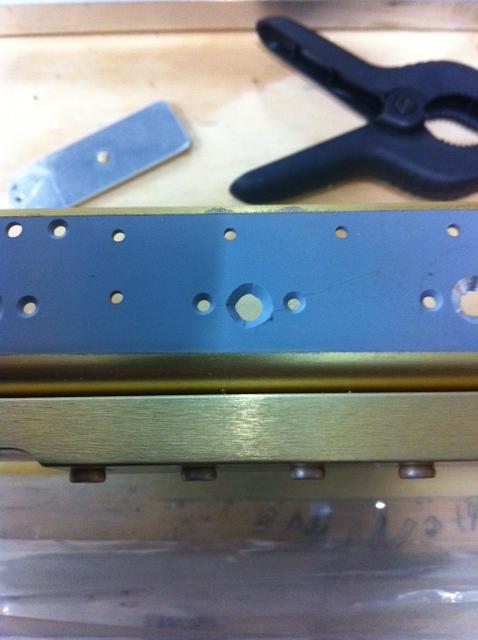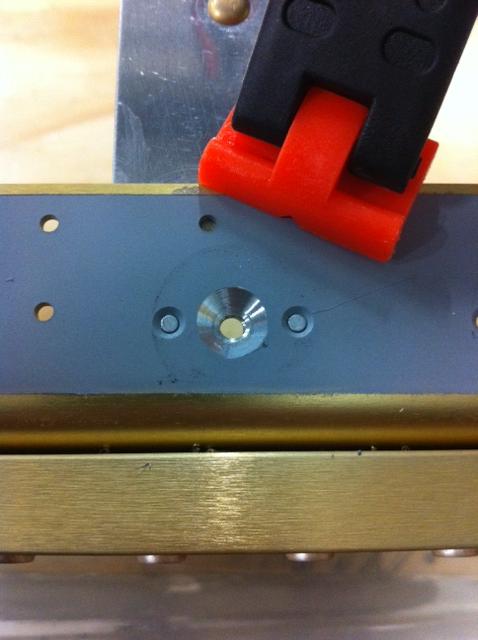Red_Baron
Member
G'day,
I am using a 3 flute #30 countersink tool for my fuel tank nutplates on my -7. Some of the holes come out ok. Some seem irregular as the bit chatters ( I believe this is the correct term...)
Any ideas on the best method to tidy these irregular countersinks up, or should I just leave them be?
Any advice appreciated.
I am using a 3 flute #30 countersink tool for my fuel tank nutplates on my -7. Some of the holes come out ok. Some seem irregular as the bit chatters ( I believe this is the correct term...)
Any ideas on the best method to tidy these irregular countersinks up, or should I just leave them be?
Any advice appreciated.







